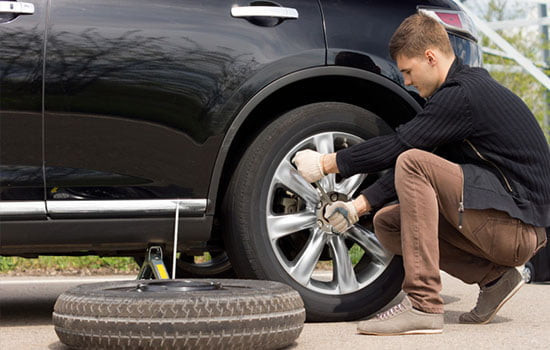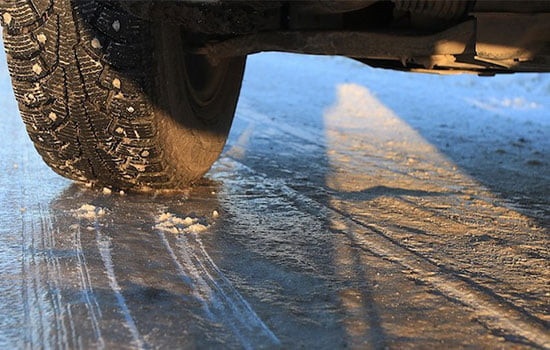
Summer tires
Content
In conditions when tires for a car are becoming more expensive every season, car owners are trying to save money and switch to winter tires as late as possible. But is the savings worth it? After all, it was not for nothing that such a division into summer and winter versions took place.
The surface of the tires, the composition of the rubber compound and many other indicators can vary greatly, therefore, in the cold season, wear will be much stronger, and the safety of not only the driver, but also all road users will be at risk.
Up to what temperature can summer tires be driven?
This question is usually asked by those who have driven these tires more than once in the winter. It’s just that some drivers, among whom there are quite experienced car owners, believe that the characteristics in winter conditions change slightly, so it’s not worth spending extra money.
Then a quite reasonable question may arise why manufacturers and legislation insist on the use of winter shoes for a car. Perhaps this is a marketing ploy or some tricks on the part of manufacturers and a desire to make money on poor car owners?

First of all, you need to decide that tires designed for summer have their own rubber compound. In such a mixture, the minimum content of rubber and silicon-containing polymers is used.
The composition also includes additional polymers that guarantee maximum grip with the road surface at temperatures not lower than +5 degrees. If the temperature drops below this, the rubber compound will begin to harden, which will affect its performance.
You also need to understand that summer tires have a different tread pattern than winter tires. It turns out that the tread is made to give good grip only on uneven and hard surfaces. Visually, this pattern is easy to distinguish - it has a longitudinal character. The grooves here are smaller, but they should not be deep, as they only serve to drain water.
It should be noted that the asphalt surface itself is quite rough, so the rubber must be resistant to abrasion. Its mandatory characteristics should also include low rolling resistance, because it is not necessary to glue every piece of asphalt pavement.
How to use summer tires
Questions about the temperature at which to drive on summer tires should not arise from a driver who has owned a car for quite some time. It is clear that for each type of tire there is a certain operating procedure. The air temperature should not be lower than +5 degrees when using tires designed for summer.
If the temperature falls below this, the tires will lose their elasticity. Consequently, grip on the road surface will be minimal and the risk of skidding will increase significantly, even if the road is completely dry. And if the wheel is punctured, it will simply break.
The tread pattern is not designed for driving on ice or packed snow. And even if there is snow on the road, it will not be sufficiently removed from the tire contact patch. The car will no longer be steerable, will not keep its course and will obey the steering wheel to a small extent. In addition, the braking distance will increase significantly.
At what temperature should summer tires be changed?
Numerous tests have been carried out by many companies and even independent automotive publications that have nothing to do with tire manufacturers. With these tests, they wanted to determine what temperature threshold had to be exceeded in order for the tires to change their performance.
It turned out that summer tires begin to lose their elastic properties at an average daily temperature of +7 degrees. Some modern models presented by well-known world manufacturers have a lower temperature threshold - it is +5 degrees. But when the air temperature drops by at least 1-2 degrees, even such tires cannot provide maximum grip.

Although some drivers claim that car operation can be quite safe even at 0 degrees. The only thing these drivers notice is the increase in stopping distance. This is the signal that is the point for them when it is time to change their four-wheeled friend into winter boots.
So at what temperature should summer tires be changed? Here we can conclude. If the asphalt is dry, and the air temperature ranges from 0 to +7 degrees, then driving on tires designed for the hot season is quite acceptable.
At the same time, slushy weather, the presence of sleet and sleet on the roads means an immediate replacement of tires. Otherwise, you can easily become a participant in an accident or create an emergency. It is also necessary to take into account the norms of Russian legislation. And this means that, whether the driver wants it or not, in winter he will have to change winter tires.

